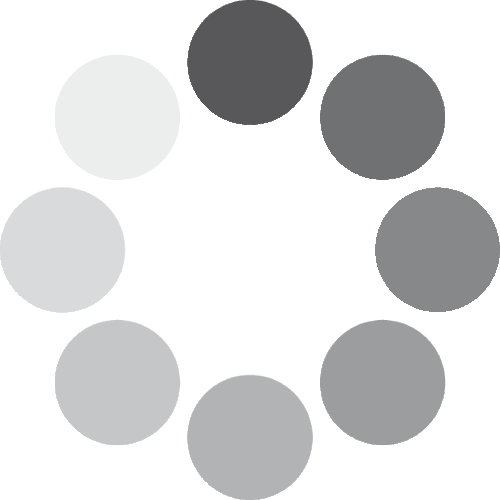Flathead can be found all the way around the Eastern Australian coast. They are a great sports fish target and great fun for all of the family to catch. Flathead are readily available as they inhibit the shallower estuary systems in water depths from 1ft to 20m. They are an ambush predator and like to sink themselves into the soft-top layers of the ocean floor waiting for their prey.
I use my sounders in every aspect of my fishing, and without my Lowrance HDS units, my success would not be as consistent. Flathead are not really a target that most people would associate using their sounders to locate. I would like to share a few ways I use my Lowrance units to keep the flat fish coming over the side.
Flathead are an ambush predator and most people believe this is the only way they feed. Hiding behind structure and pick off one bait fish at a time. To a degree, this is true. However, when Flathead find large bait schools they can actually act more like pelagic species. They will gather in large numbers and gorge the bait. They can feed like this in shallow 2-3ft of water or even midwater in 50ft.




















